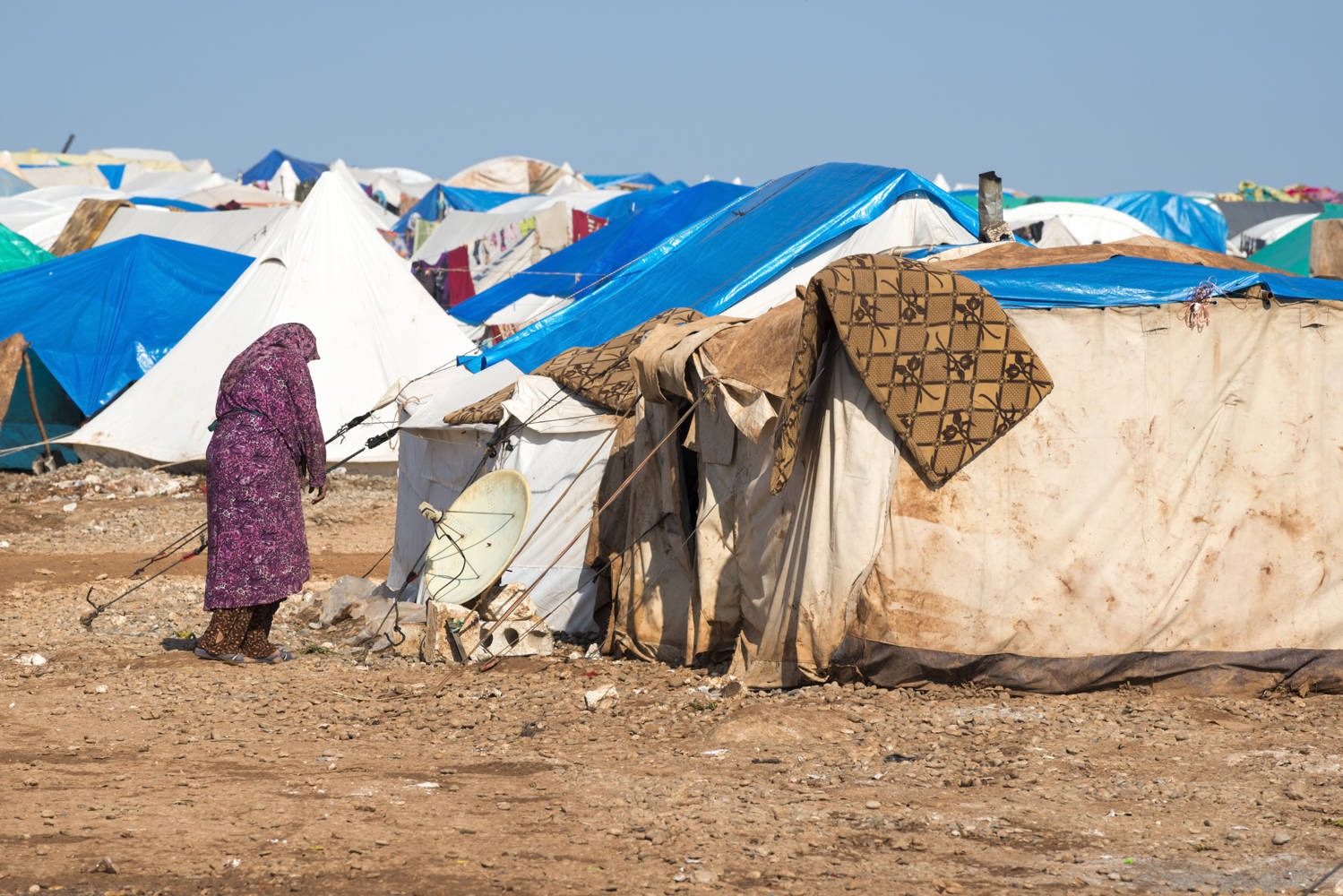
A new comprehensive review reveals that the detrimental effects of armed conflict extend far beyond the battlefield, with war reverberating through every aspect of human development.
The study outlines how violence undermines health, education, livelihoods, access to basic necessities like food and water, as well as political institutions and economic growth at the macro-level, create a complex web of damage that spans generations. The study is led by an interdisciplinary team of experts from PRIO and Uppsala University.
Published in World Development Journal, the review highlights that wars not only affect those directly involved in the fighting. Instead, they cause rippling effects that undermine a society’s development across multiple dimensions, amplifying the total cost far beyond what current estimates typically capture.
“We often think of the direct toll of war in terms of lives lost and infrastructure destroyed, but that’s just the tip of the iceberg,” said lead author and PRIO Senior Researcher Paola Vesco. “Our research shows that war has long-term, cascading impacts that affect health, education, livelihoods and much more, and these impacts are likely to compound one another, although more research is needed on these interactions. Women and children, especially pregnant women, are suffering even greater impacts from conflict, with long-term consequences on children’s health and development. These impacts can last for generations.”
Drawing on evidence from conflicts around the world, the study identifies nine critical dimensions of human development affected by armed conflict: health, education, livelihoods, economic growth, political institutions, migration, socio-psychological wellbeing, water access and food security. The review also highlights that these impacts are likely to reinforce each other, leading to devastating feedback loops.
For example, the destruction of water infrastructure doesn’t just affect access to clean water—it also triggers outbreaks of diseases, increases mortality, and may reduce economic productivity. Displaced populations often face food insecurity, higher health risks, and heightened psychological trauma, which in turn hinder their ability to recover post-conflict. Such findings challenge the conventional approach of studying conflict impacts in isolation.
“Health affects education, education affects income, and income affects political stability—these things are deeply intertwined,” Vesco added. “When we separate these impacts into different silos, we risk missing the overall toll of war.”
The paper also raises the alarm about the gaps in current research, noting that empirical studies often fail to fully capture the broad, interrelated impacts of conflict. Existing estimates of war’s economic toll, for instance, do not fully account for the indirect costs of how violence stemming from short and long-term damages to healthcare, social capital, political institutions, and more.
The study calls for a new approach to conflict research that crosses disciplinary boundaries and looks at the broad spectrum of war’s consequences. By doing so, the authors hope to build a deeper understanding of how war affects societies in the long term, and offer more comprehensive strategies for recovery and peacebuilding.
As conflicts persist across the globe, these findings underscore the urgent need for forward-looking policies that minimize the damage of war and promote long-term recovery. Only by adopting a holistic approach can policymakers and international organizations hope to address the full extent of the harm caused by violence.
“Our goal is to provide a common language across fields, so that we can better understand the true costs of war and enable governments to ultimately craft policies that help societies not just survive but thrive after conflict,” Paola Vesco concluded.
This study sets the stage for future research that bridges the gap between disciplines, moving toward a more complete picture of how war devastates human development—and how to rebuild once the guns fall silent.





